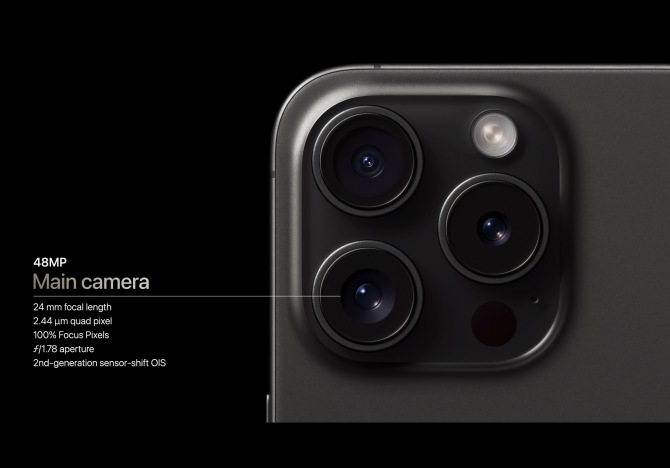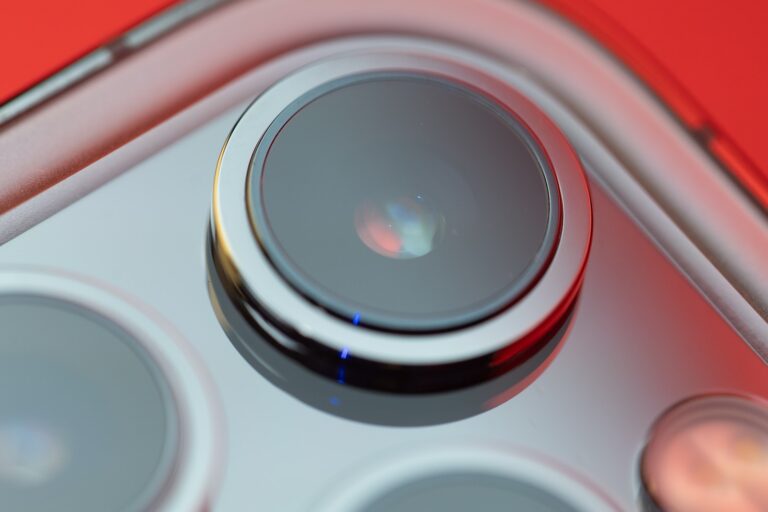This update would be similar to the earlier shift of the primary camera sensor to 48MP.
Over the course of the past few years, the resolution of smartphone cameras has skyrocketed from a meager 12 or 16 megapixels to 200 megapixels in Samsung’s most recent flagship Android phones. Nevertheless, Apple has not followed the same path as its competitors. For a few more years, it remained static at 12 megapixels, and even now, the primary camera is the only one that has been improved. However, according to a recent analyst claim, the iPhone 16 will include an ultrawide update in the near future.
Ming-Chi Kuo, a well-known Apple analyst, is the source of this information. Kuo is frequently (but not always) accurate in his predictions regarding what Apple has planned. The principal sensor of the current iPhone 15 family has a resolution of 48 megapixels, which was introduced for the first time in the iPhone 13 Pro and then made available in the standard model with the iPhone 14. 12 megapixels is the resolution of both the ultrawide and telephoto sensors.
The photo sensor on Apple’s 48-megapixel smartphone is developed with pixel binning in mind, just like other smartphone camera sensors. Although it boasts 48 million pixels, each of those pixels is quite small. When a pixel is smaller, it is able to collect less light for each capture as it is smaller. By using pixel binning, it is possible to combine multiple groups of pixels, or four in the case of the iPhone, into a single “superpixel” that is capable of absorbing more light. Therefore, you will still receive a 12 megapixel image, but it will be a significantly superior 12 megapixel image. In the event that you would rather shoot at full resolution, Apple offers provide the option to do so.
Kuo claims that the iPhone 16 Pro will be released later this year with a 48-megapixel ultrawide camera that functions in a manner that is analogous to the previous generations. If Apple maintains its typical rate of product upgrades, this sensor might be included in the iPhone that is not a Pro model the next year. Additionally, at that time, Kuo reveals that the iPhone 17 Pro will use a third and final 48-megapixel sensor for the telephoto lens of the phone. There is now no third sensor available on the base model of the iPhone, which means that there will not be a similar upgrade for the iPhone 18 as long as Apple does not decide to remodel its smartphones for the year 2026.

The days of measuring camera quality merely by resolution are long gone. There are a lot of low-cost phones that brag about having 50 or 64-megapixel cameras, but the pictures they generate are significantly worse than those produced by an iPhone or Google Pixel with a camera that has 12 megapixels. The computational photography technology that is the driving force behind the greatest smartphone cameras can benefit from a higher resolution because it can supply more data for the technology. On the other hand, Kuo mentions that the new ultrawide camera would have the same manual shooting choices as the primary sensor. For those who are interested, 48-megapixel ProRAW files are now available for download.
In the fall, we anticipate the release of new iPhones, as is customary. The frequency of leaks is going to increase as we move closer and closer to the summer season.

